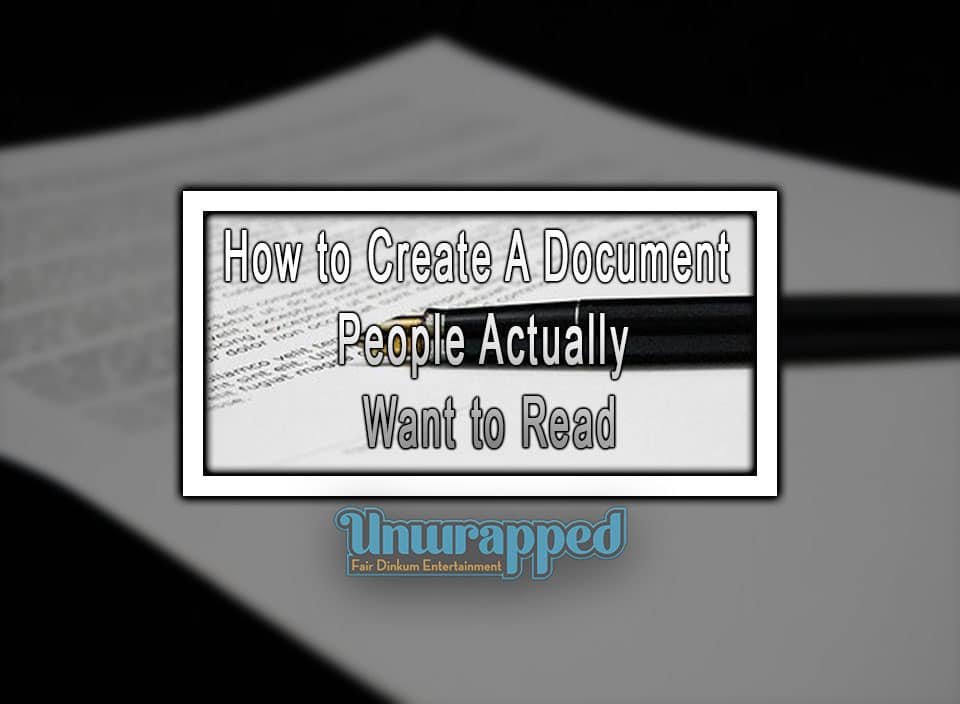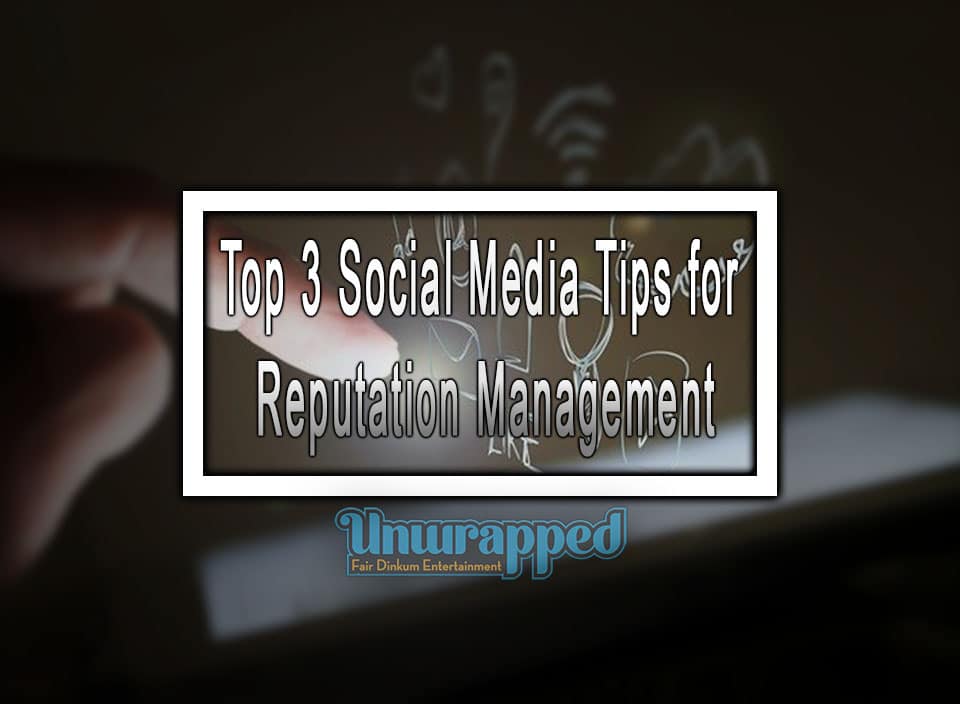Simple Steps To Create An Attractive Document
In both the B2B and B2C marketing landscapes, presentations are still among the most popular types of content marketing collateral there is. It’s a great alternative to something like a blog post or a white paper because even though they can be on the longer side, they still break a huge amount of information up into a series of smaller chunks that are far easier for folks to digest.
Once you use a service like Respona to find the most popular content related to your business, you’ll be ready to come up with a series of topic ideas that would make terrific presentations. But before you actually sit down in front of your computer and get to work, however, there are a few key things you need to keep in mind. Because the chasm between a presentation and “a presentation that people actually enjoy” is a deep one, indeed. If you want to make sure that your content winds up more like the latter instead of the former, there are some best practices you’ll want to know about.
Be Respectful of People’s Time
It doesn’t matter what type of business you’re running or how many people already love your brand – just because you CAN easily create a 100 slide presentation on a particular topic does not mean you SHOULD.
Never forget the age-old saying, “brevity is the soul of wit.” In a literal sense, this means that the shorter a joke is, the funnier it is. Within the context of this discussion, I’m using it to refer to the idea that you should ONLY include the essential information in your presentation that absolutely needs to be there.
Back in the early 1990s, presentation software was slow and laborious and, because of that, the content created with them tended to be shorter because they were so difficult to use. Now, with a presentation maker like Visme (which I founded), you can create a compelling presentation in a matter of minutes. But despite that, resist the urge to go off on tangents or to make a presentation that can’t support its own weight, so to speak.
Get in, get out. Always leave them wanting more.
If You CAN Visualize, You SHOULD Visualize
Along the same lines, you need to understand that the most powerful weapon you have when it comes to your next compelling presentation isn’t text alone. In fact, if you had to make a list of all the resources you should be using to your advantage, text content wouldn’t be anywhere near the top.
Instead, you need to make every effort to visualize as much as you can, as often as you can – no exceptions. Instead of including a slide that is just a bulleted list of data, for example, consider using a flowchart maker to bring that information to life. You’ll be conveying the exact same information, you’ll just be doing so in a way that is A) naturally compelling, and B) far easier for your audience to digest and understand anyway.
When people say that your presentations should be more visual, they DON’T mean that you should include a picture or some type of clip art on every slide. What they mean is, think about the entirety of your presentation as if it were a story with a beginning, middle and end. Naturally, certain “beats” occur along the way as we transition from one phase of the story to the next.
The first point above about brevity tells us that you should ONLY include those important beats and not anything else, as the items that fall outside those boundaries would be superfluous to the larger narrative. This point tells us that you should also tell as many of those beats VISUALLY as possible. If the same idea can be expressed in an image in an equally compelling way, why would you want to make people read 250 words instead?
Provided that you follow these key tips, you’ll have all the makings of not just a quality presentation – but that one person will actually be excited to sit through and (dare I say it) enjoy. But at the same time, you’ll also have accomplished the most important goal of all:
People will absolutely want to come back for more to see what you have to say next.
About the Author
Payman Taei is the founder of Visme, an easy-to-use online tool to create engaging presentations, infographics, and other forms of visual content. He is also the founder of HindSite Interactive, an award-winning Maryland digital agency specializing in website design, user experience and web app development.
Main Image Source : Pixabay
Also See : Top 3 Social Media Tips for Reputation Management









